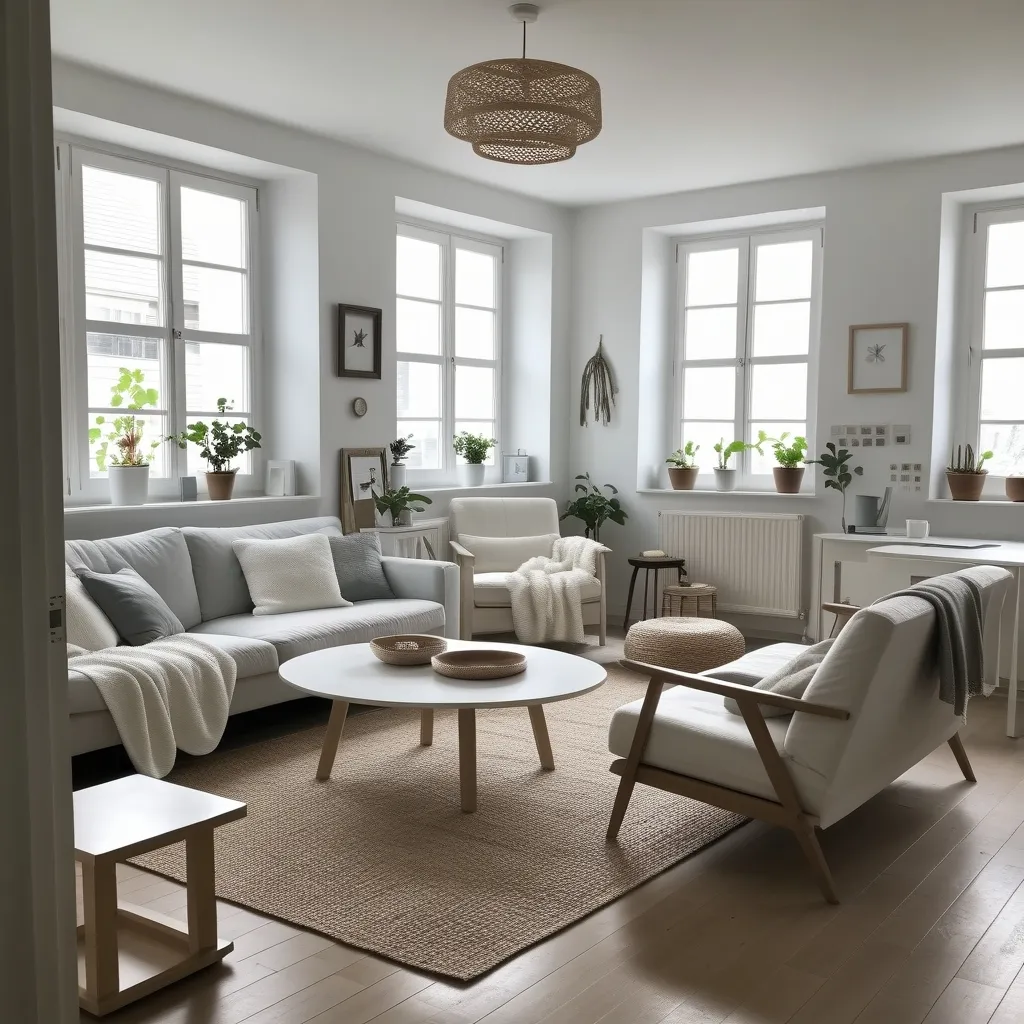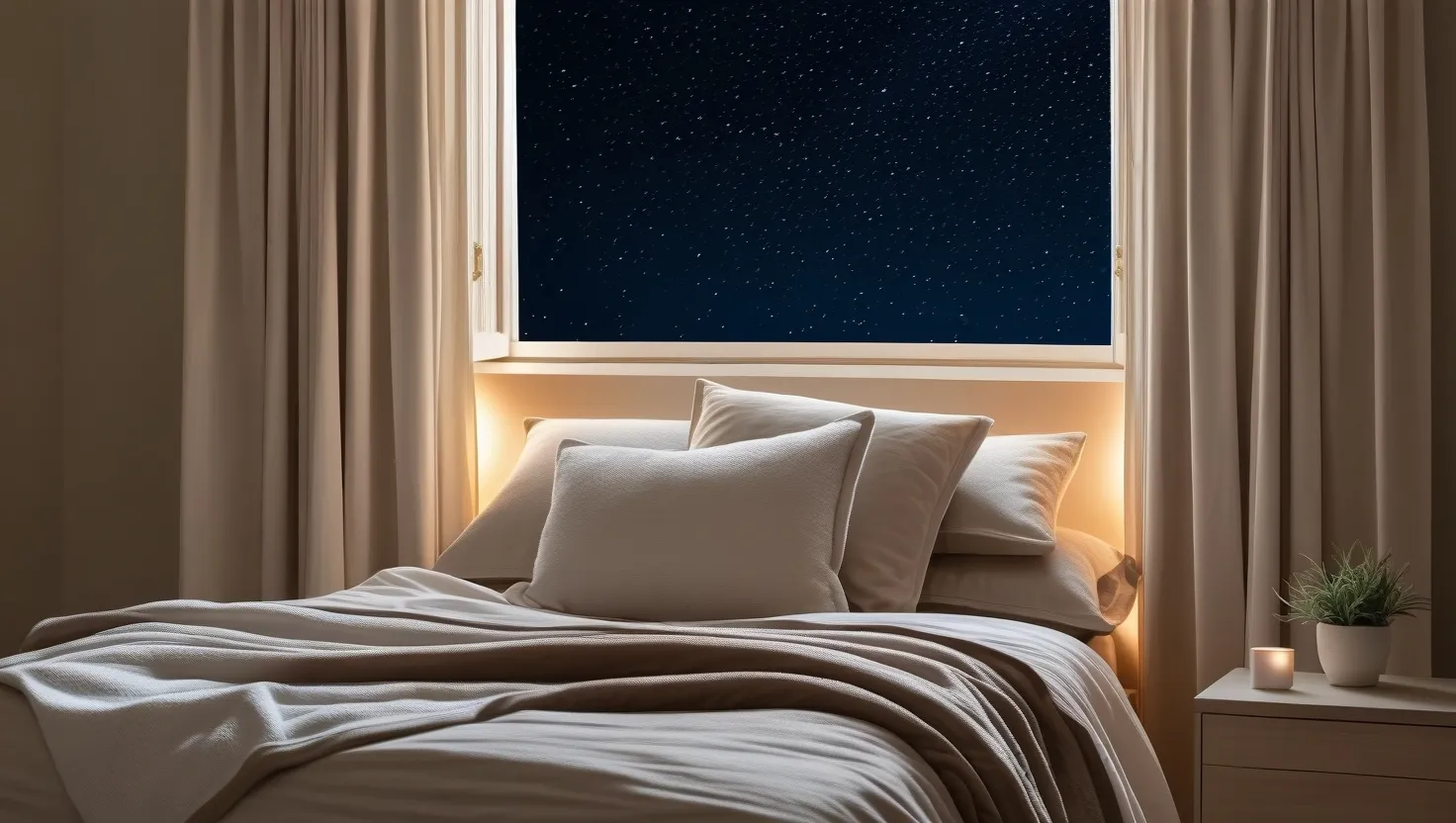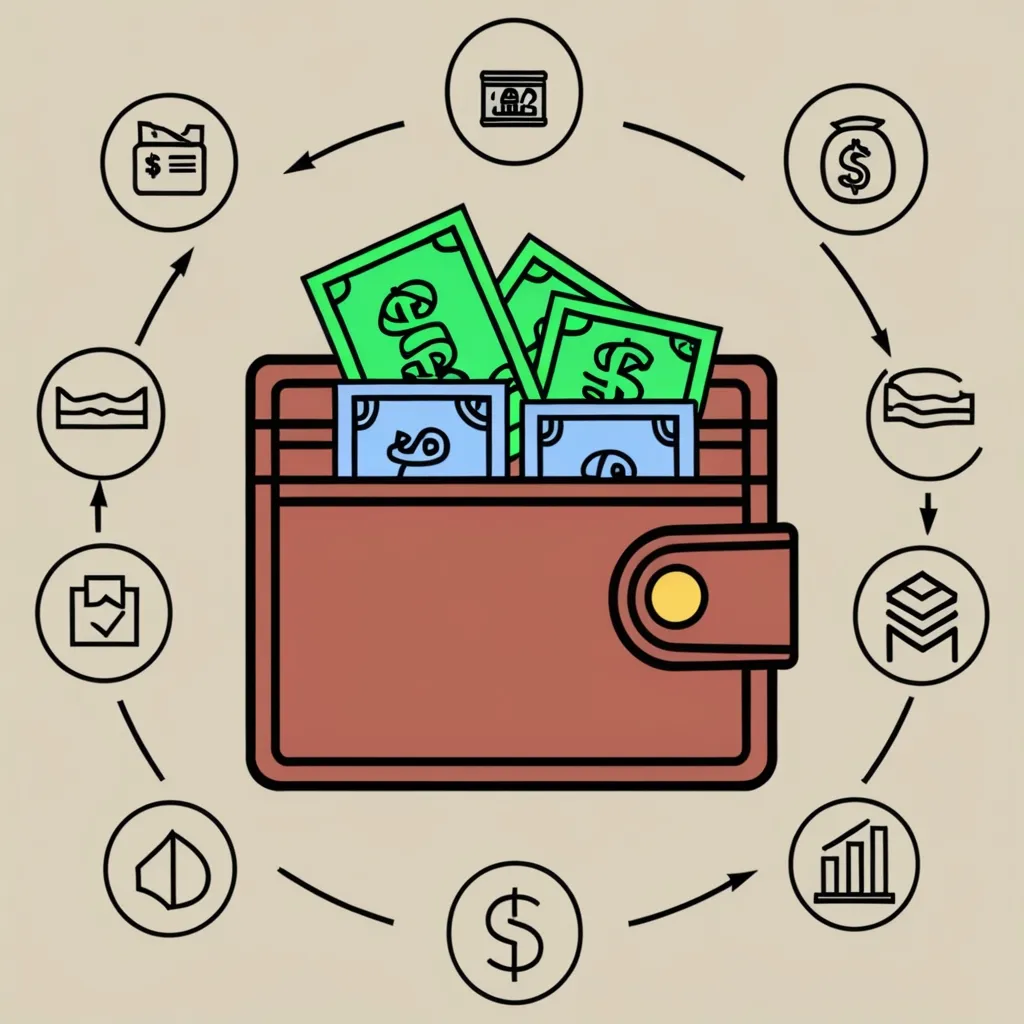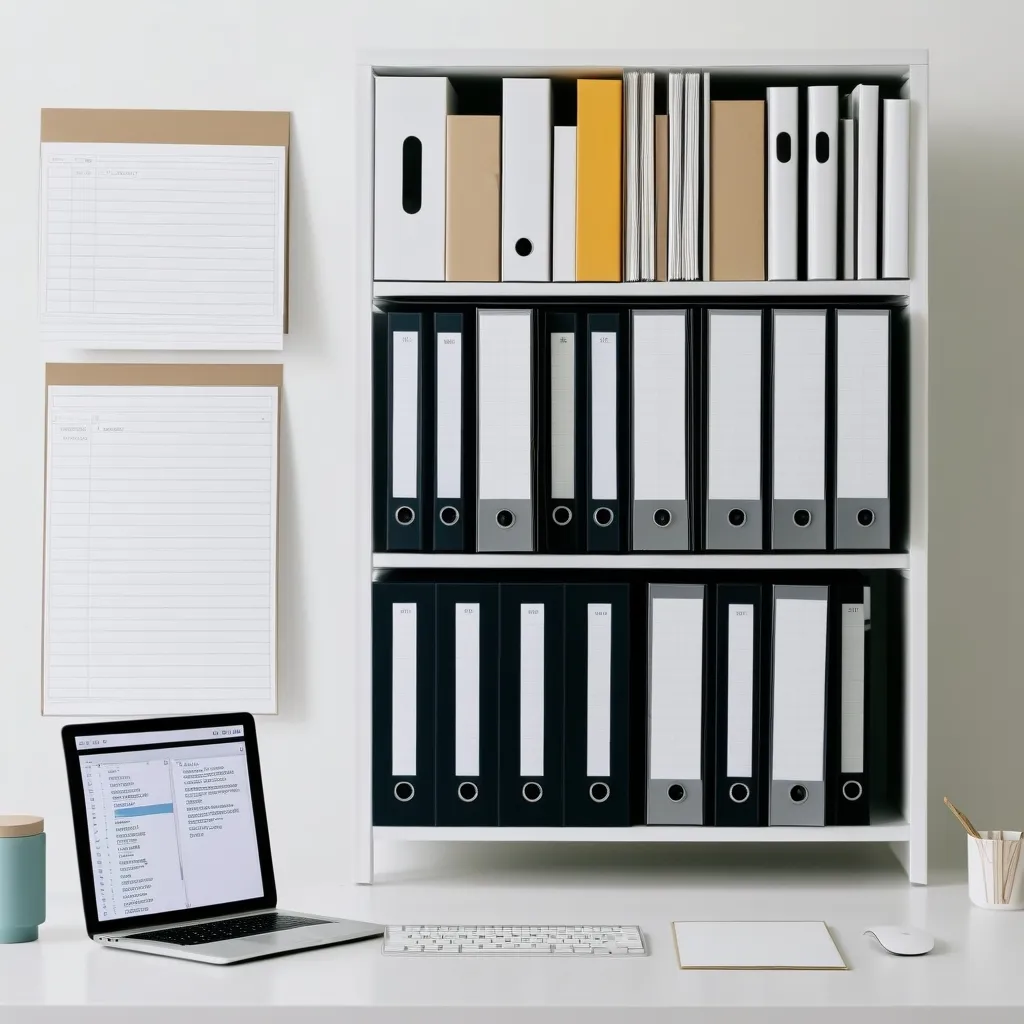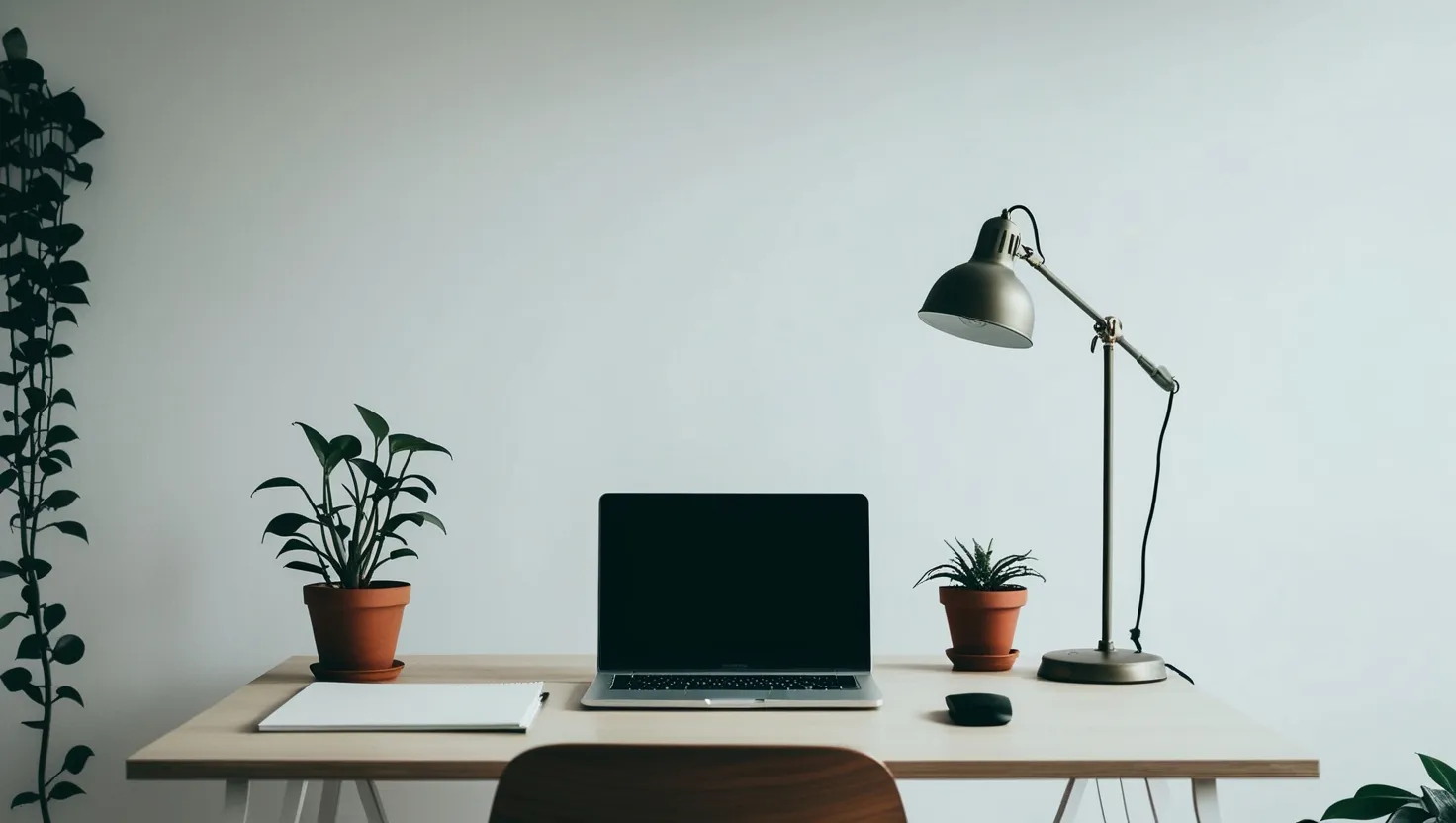Living a frugal minimalist lifestyle is all about embracing simplicity and cutting unnecessary expenses while still enjoying a rich and fulfilling life. This approach beautifully combines frugality, which focuses on saving money and reducing waste, with minimalism, which emphasizes living with only the essentials.
Let’s dig deeper into these two concepts, shall we? Frugality is about being mindful of your spending and making the most out of every dollar. It’s about cutting back on non-essential expenses and finding clever ways to save money without compromising on quality. Meanwhile, minimalism is about simplifying your life by eliminating the non-essentials. It’s not just about having fewer possessions but also about focusing on what truly adds value to your life.
When you merge these two philosophies, you create a powerful framework for living a more intentional and financially stable life. A frugal minimalist always ponders two crucial questions before making any purchase: “Can I afford this?” and “Do I really need this?” This mindset is a game-changer, helping you dodge those sneaky impulse buys and ensuring that every dollar you spend is thoughtfully used.
A nifty trick in the frugal minimalist playbook is the one-in, one-out rule. It’s simple yet effective: for every new item you bring into your home, you must get rid of an old one. This rule helps maintain balance and keeps clutter from taking over. For instance, if you splurge on a new pair of shoes, think about donating or selling an old pair to make space for the new ones. This rule isn’t just for clothes; it applies to every part of your life, from household items and books to gadgets and more.
Minimalists often cherish experiences over material possessions. Instead of shelling out money on the latest gadgets or trendy clothes, consider investing in experiences like travel, learning a new skill, or spending quality time with loved ones. These experiences not only bring joy but also create lasting memories without burdening you with clutter.
DIY projects are a treasure trove for saving money and living more sustainably. By learning to make things yourself, you can dodge the hefty price tags of store-bought products and reduce waste. For example, instead of buying a new piece of furniture, why not try upcycling an old one? Not only does this save you money, but it also adds a personal touch to your home.
Another cool strategy is the 30-day purchase rule. When you spot something you want to buy, wait 30 days before making the purchase. This waiting period allows you to determine if the item is something you truly need or if the desire was just an impulsive want. More often than not, you’ll find that the urge to buy has passed, saving you money and reducing clutter.
Living in a clutter-free space can do wonders for your mental and financial well-being. By decluttering your home, you lessen the need for storage solutions and cut down on the time spent cleaning and maintaining your space. Start by going through each room and getting rid of items that no longer serve a purpose. Donate, recycle, or sell items that are still in good condition – it’s like a breath of fresh air for your home!
Going green can also help you save green. Simple eco-friendly habits like using reusable bags, water bottles, and kitchen items can make a big difference. For example, swap out paper towels for reusable cloths. These small changes not only shrink your environmental footprint but also slash your household expenses.
Regular financial check-ins are a must for anyone on the frugal minimalist journey. Tracking your spending and reviewing your savings regularly helps you make conscious spending decisions and stay on track with your financial goals. It’s a habit that keeps you focused on your milestones and ensures you’re making strides towards them.
When it comes to making purchases, quality is key. Focus on buying high-quality items that will stand the test of time. Even if it seems pricier upfront, investing in quality items reduces the need for frequent replacements and repairs. Think long-term – a well-made pair of shoes that lasts for years is far more cost-effective than cheap ones that need constant replacing.
Subscriptions can be sneaky little money pits. They can quickly add up and drain your finances. So, review your subscriptions regularly and cancel any that you don’t use. Consider alternatives like free streaming services or public libraries instead of expensive cable or streaming subscriptions. Cutting the cord can save you a significant amount of money each month.
A minimalist pantry is like a breath of fresh air for your kitchen. It’s all about using what you have before buying more. Plan your meals around the ingredients you already have and avoid buying in bulk unless you’re sure you’ll use up the items before they expire. This approach not only reduces food waste but also saves you money on groceries.
Minimalist fashion is all about buying only what you need and focusing on quality over quantity. Consider creating a capsule wardrobe with a limited number of versatile pieces that can be mixed and matched. Don’t fall into the trap of buying clothes just because they’re on sale; instead, invest in items that will last and fit well.
The benefits of minimalism stretch far beyond just saving money. It can lower anxiety levels, give you more free time, and help you live a more fulfilling life. By focusing on what truly adds value, you create space for experiences and personal growth. Plus, minimalism has environmental benefits as it reduces waste and consumption.
However, finding balance is crucial. While minimalism can be immensely beneficial, it’s important to tailor it to your unique lifestyle. If you enjoy collecting items or have hobbies that require certain materials, it’s okay to keep them as long as they bring you joy and serve a purpose. The key is to be intentional about what you keep and ensure it doesn’t evolve into a source of stress or clutter.
Embracing a frugal minimalist lifestyle is a journey that requires patience, intentionality, and a willingness to simplify. By blending the principles of frugality and minimalism, you can create a life that is rich in experiences and financially stable. It’s not about depriving yourself of things you love but about making room for what truly matters. With these strategies, you’ll find that living with less can indeed lead to a more fulfilling and prosperous life.
